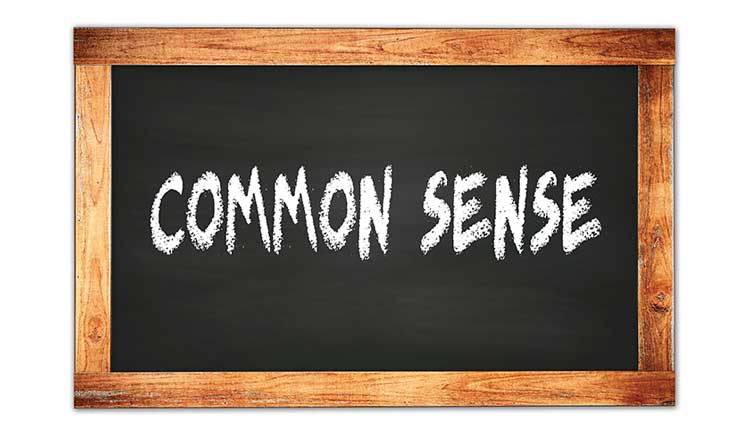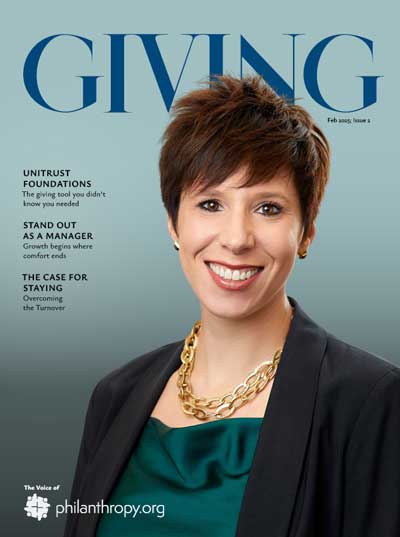Originally Published October, 2009. Updated December 2024.
Summary: The nonprofit sector is buzzing with calls for “research-based planned giving.” But do you really need more stats to take action? This post argues that common sense, not more data, is the key to planned giving success. Learn why simplicity beats perfection—and what gifts you can promote starting today.
The Myth of “Needing More Research”
A prospect recently asked me if they should pursue “research-based planned giving”—a phrase that’s quickly becoming another buzzword in our industry.
“What are the stats these days? Any research?” they asked.
Sure, we all stay informed. But let’s ask the real question: What are you actually trying to prove with research?
- Are donors going to die? Yes.
- Will their assets go to the government without a plan? Likely.
- At what age do they stop giving? We already know that too.
We don’t need another academic white paper to tell us that what we’re offering—tax-saving ways to support causes people care about—is valuable. It’s time to stop analyzing and start doing.
“People commonly use statistics like a drunk uses a lamp post; for support rather than illumination.” — Mark Twain
Calling for research often masks what’s really going on: a fear of starting. Promoting planned gifts is simple—if you don’t overthink it.
Technology Changes, People Stay the Same
Despite advances in data tools and digital outreach, donor behavior hasn’t changed much in the past decade. The notion of “new trends” in planned giving is often just a sales tactic for consultants.
Research as a stall tactic is the enemy of action. Perfectionism leads to paralysis. Instead of waiting for perfect insights, use what you already know to start promoting planned gifts—cheaply and effectively.
Common Sense Is Your Best Strategy
We’ve all heard it:
- “I’m living on a fixed income.”
- “We don’t have the cash to make a gift.”
That’s where simple planned gifts come in. These are gifts anyone can make—without affecting their lifestyle or needing legal advice.
Start with “No Hassle” Gifts
Over 80% of all planned gifts fall into this category. They’re easy to market, cost-effective, and compelling. Need some inspiration? Get ideas here.
Bequests
Bequests are the cornerstone of planned giving. They allow donors to make a lasting impact on the causes they care about—without affecting their finances during their lifetime. A bequest costs nothing now but can change everything for your organization in the future.
Encourage your supporters to have a will—not just to protect their loved ones, but also to ensure their values live on. Surprisingly, more than half of American adults don’t have one. Having a valid will is one of the most important steps a person can take to secure their legacy and prevent unwanted legal complications.
To make it easy, we offer access to a trusted, easy-to-use free will service that anyone can use to get started. It’s a smart, responsible step—and a perfect time to consider including a gift to your organization.
Appreciated Assets
Many assets have high value but low liquidity. Donors can unlock tax benefits and even increase their income through tools like gift annuities. Donating real estate, for example, can be powerful—especially when marketed with the right message.
Retirement Plans
These are highly taxed when passed to heirs but tax-free for nonprofits. Encourage donors to name your organization as a beneficiary—it’s cost-free and impactful.
Life Insurance
This is another gift that’s low effort, high value. Simple and costless for donors to arrange.
Don’t Overcomplicate It
Forget the endless studies into the mysteries of planned giving. The best approach is clear: smart marketing, simple messaging, and consistent effort. Sell the sizzle, not the stats.
Still Need the Numbers?
If you absolutely must have data, here’s some timeless research that remains relevant:
- 43% of bequests and 35% of remainder trusts come from individuals 55 and younger.
- 15% of planned gifts are made by donors under 45.
- Your planned giving target is typically 200–300x their largest annual gift.
- Planned giving pools may be 5x larger than capital campaign pools.
- Donors are often more generous with non-cash gifts due to tax advantages.
- AARP had 35 million members—and that number has likely doubled since.
- 75%+ of donors give to causes that affect them or their families.
- The likelihood of being named in a will drops dramatically after age 65.
- Americans read mail over a trash can—is your message making it through?
Final Thoughts
The best time to act is now. Stop waiting for a mythical perfect plan and start promoting the gifts that matter. Simplicity works—and it’s already within your reach.



